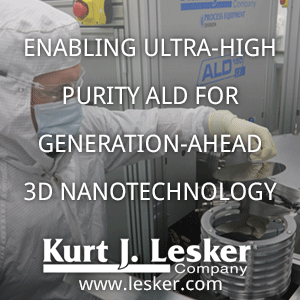Polar Light Technologies, a Swedish start-up, is revolutionizing microLED technology with its innovative pyramidal microLEDs, grown on patterned SiC substrates using MOCVD. Unlike conventional microLEDs, which suffer efficiency losses due to etching-induced imperfections, these pyramidal LEDs avoid etching altogether, enhancing their performance even at nanoscale dimensions. This unique design boosts light extraction efficiency and reduces internal electric fields, enabling high-quality emission in blue, green, and potentially red wavelengths. While the SiC substrate increases costs, its advantages in light utilization and scalability outweigh this penalty. The initial target market for these microLEDs is augmented-reality headsets, where submicron pixel sizes are crucial, with additional applications anticipated in automotive displays and smartwatches.
Pyramidal microLEDs on patterned SiC deliver a great performance, even when their dimensions approach the nanoscale.
Since its founding in 2014, Polar Light Technologies has focused on research, patent development, and forming a robust venture capital network in Sweden and the Nordic region. Recently, the company has been shifting from development to production, leveraging in-house capabilities such as cold bonding of gallium nitride LEDs with silicon CMOS for display integration. The company plans to expand through collaborations and larger funding rounds in the near future. This strategic shift, combined with its cutting-edge technology, positions Polar Light Technologies as a key player in advancing microLED applications across various industries.
The company has also secured investments from entities such as Almi Invest, Butterfly Ventures, and Stockholms Affärsänglar (STOAF) to accelerate its microLED development. These investments are aimed at advancing the company's technology and bringing it to the consumer market.
Sources:



%20(1).png)

.jpg)














